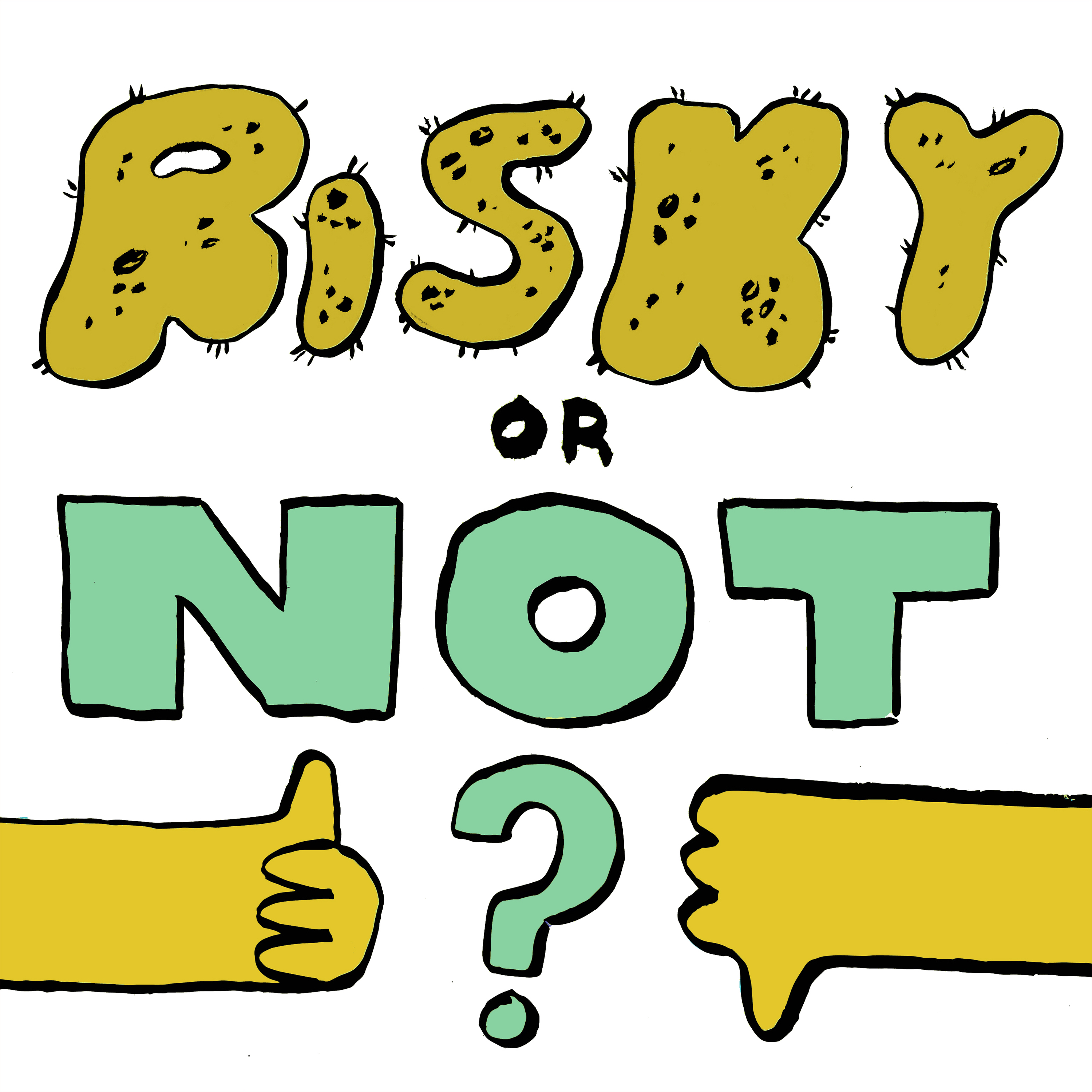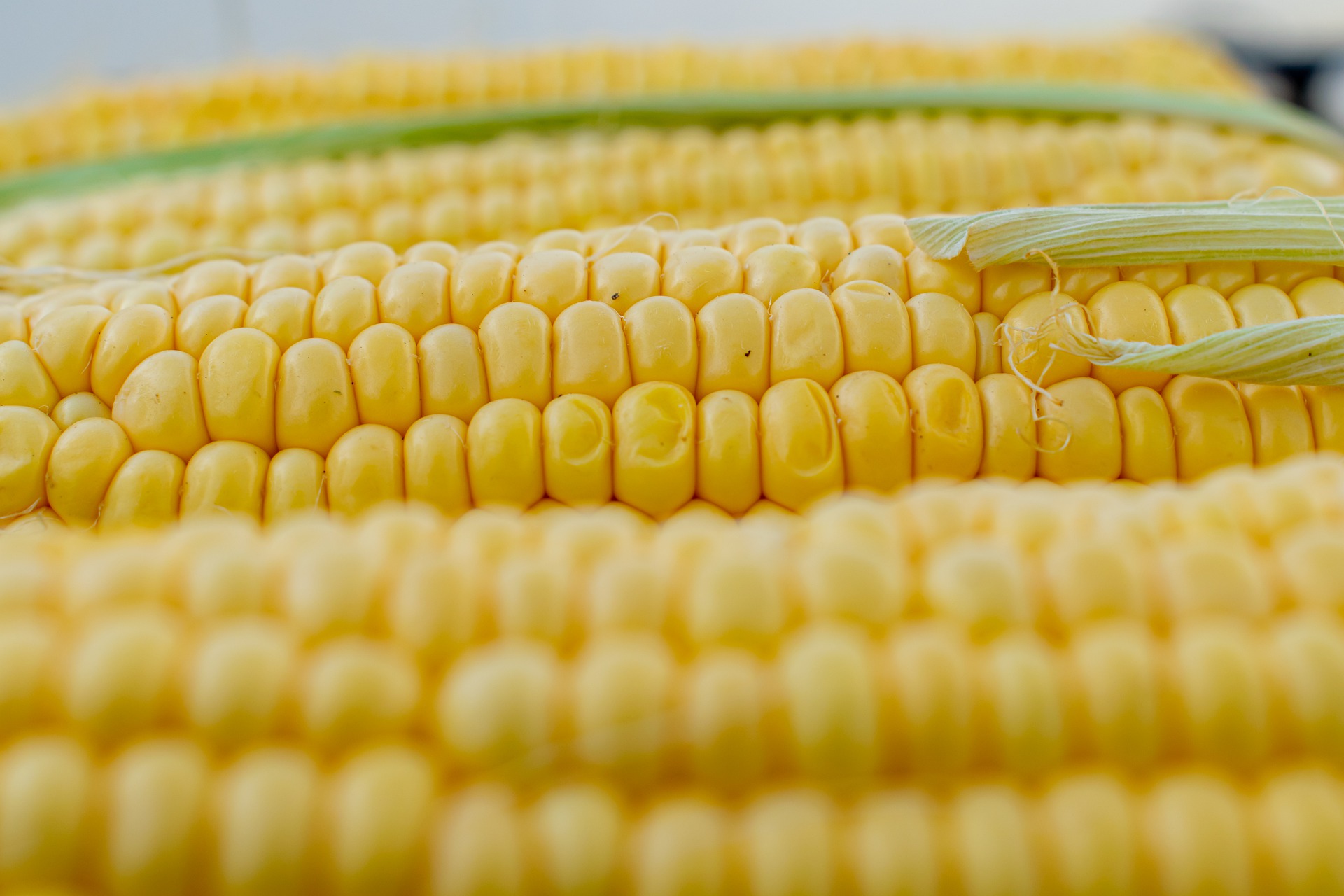Risky or Not?: Flies and Cooler Corn
go.ncsu.edu/readext?806183
en Español / em Português
El inglés es el idioma de control de esta página. En la medida en que haya algún conflicto entre la traducción al inglés y la traducción, el inglés prevalece.
Al hacer clic en el enlace de traducción se activa un servicio de traducción gratuito para convertir la página al español. Al igual que con cualquier traducción por Internet, la conversión no es sensible al contexto y puede que no traduzca el texto en su significado original. NC State Extension no garantiza la exactitud del texto traducido. Por favor, tenga en cuenta que algunas aplicaciones y/o servicios pueden no funcionar como se espera cuando se traducen.
Português
Inglês é o idioma de controle desta página. Na medida que haja algum conflito entre o texto original em Inglês e a tradução, o Inglês prevalece.
Ao clicar no link de tradução, um serviço gratuito de tradução será ativado para converter a página para o Português. Como em qualquer tradução pela internet, a conversão não é sensivel ao contexto e pode não ocorrer a tradução para o significado orginal. O serviço de Extensão da Carolina do Norte (NC State Extension) não garante a exatidão do texto traduzido. Por favor, observe que algumas funções ou serviços podem não funcionar como esperado após a tradução.
English
English is the controlling language of this page. To the extent there is any conflict between the English text and the translation, English controls.
Clicking on the translation link activates a free translation service to convert the page to Spanish. As with any Internet translation, the conversion is not context-sensitive and may not translate the text to its original meaning. NC State Extension does not guarantee the accuracy of the translated text. Please note that some applications and/or services may not function as expected when translated.
Collapse ▲Risky or Not? Podcast
I’ve written about this before, but I want to share again about a food safety podcast that I continue to enjoy. I teach a lot of food safety to both consumers and food service professionals and always learn from the Risky or Not? podcast. I know many people aren’t as interested in food safety as I am, but, I want to share some of the discussions from the podcast in this column.
Risky or Not? is produced by two Extension Food Safety Specialists, our own Dr. Ben Chapman from N.C. Cooperative Extension and Dr. Don Schaffner, a specialist from Rutgers in New Jersey. The podcast is available for anyone who wants to listen and learn.
This is a short podcast with each edition about 10 minutes. In each podcast Drs. Chapman and Schaffner address one food safety topic, usually a question that has been asked by a listener or an Extension colleague. Typically the question is related to food, cooking, or food preservation. They look at research and the science and give their rationale for deciding if it is risky or not.
Eating Food After a Fly Lands On It
On one of their recent programs, a question was asked about the risks of eating food after a fly had landed on it. First off, flies do carry germs and there are possible links between flies transferring bacteria from one source (like fresh dog poop) to your food. However, on the podcast, both Professors agreed that the risk of one fly landing on your food and making you sick is minimal. They also discussed that there are situations that might make this situation more risky, such as a large quantity of flies near animal pastures or open trash dumpsters. Pests (such as flies) are a concern in restaurants and other food service situations. Despite their answer, they reminded listeners that it’s still important to keep flies away from your food. Always worth a listen to understand the details.
Cooler Cooked Corn
On another program, they addressed Cooler Cooked Corn. This idea for cooking large amounts of corn-on-the-cob has been trending on the internet. The concept is that shucked corn is placed in a large cooler and then boiling water is added to the cooler and allowed to set for 30 minutes. In the end, the corn is heated and edible. Both Professors agreed that this is not risky. Some of their thoughts included the facts that corn doesn’t really need to be cooked to eat it and heating only makes it more palatable. They did have a couple concerns: it would be a good idea to clean and sanitize the cooler before adding the corn and don’t leave the hot corn in the cooler for more than a couple of hours.
You can also sign up to learn when they post new topics. Other recent program topics have been: Roasted Grilled Vegetables Left Out Overnight, Dented Aluminum Cans, and Leftover Pizza. All past programs are available. If you have a specific question, you can also send it to the specialists.
If you really like this podcast, are interested in food safety, and would like to hear more, these two professors also have a longer (usually about two hours) podcast called Food Safety Talk. I look forward to hearing a new posting about every other week. You can check it out at Food Safety Talk.
Cheryle Syracuse wrote this article and more similar ones for the Family and Consumer Sciences Column in the Brunswick Beacon. Syracuse is an FCS team member and can be reached at N.C. Cooperative Extension, Brunswick County Center, 910-253-2610 or by email at cheryle_syracuse@ncsu.edu.





